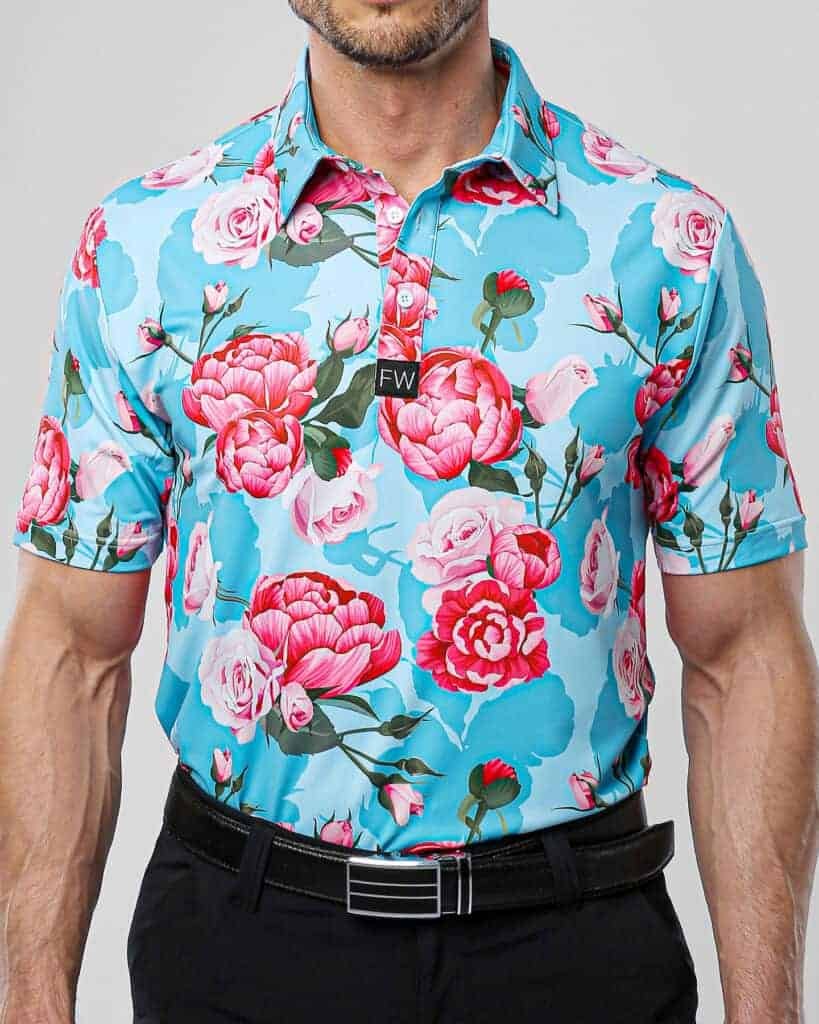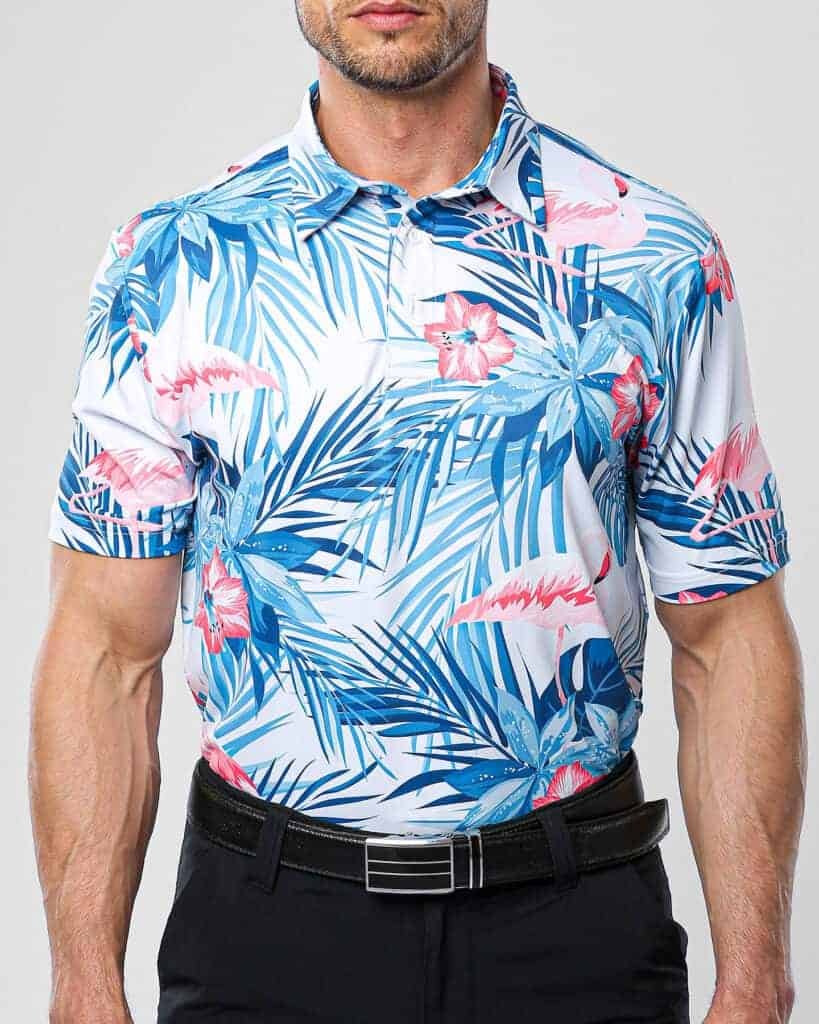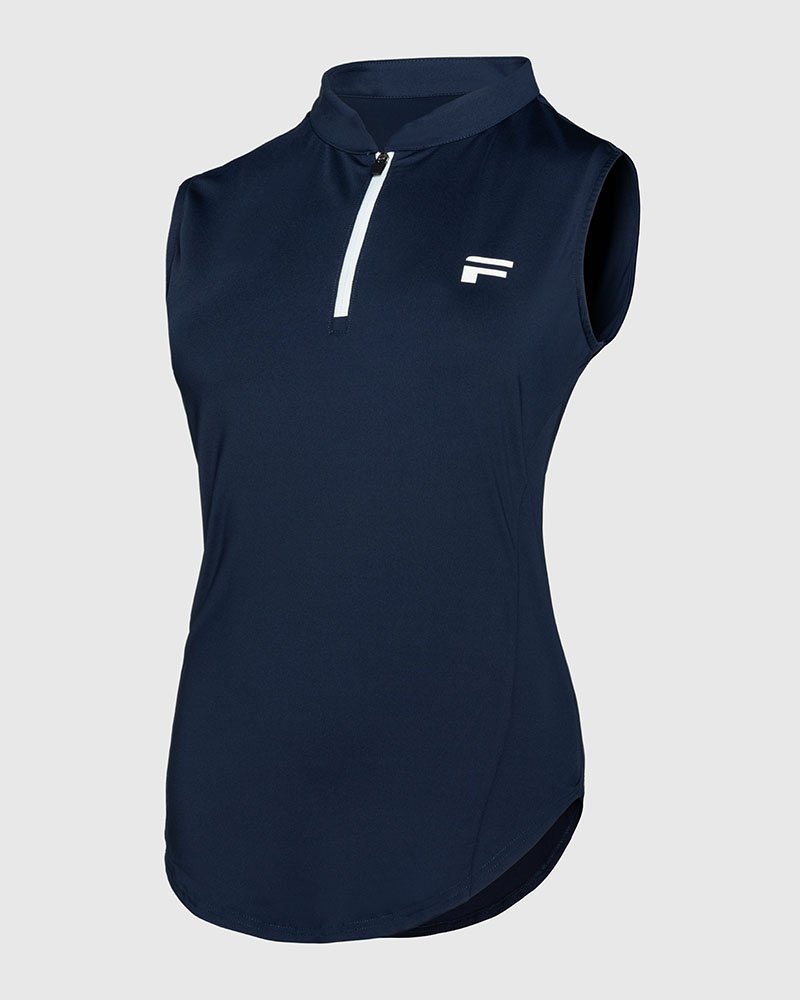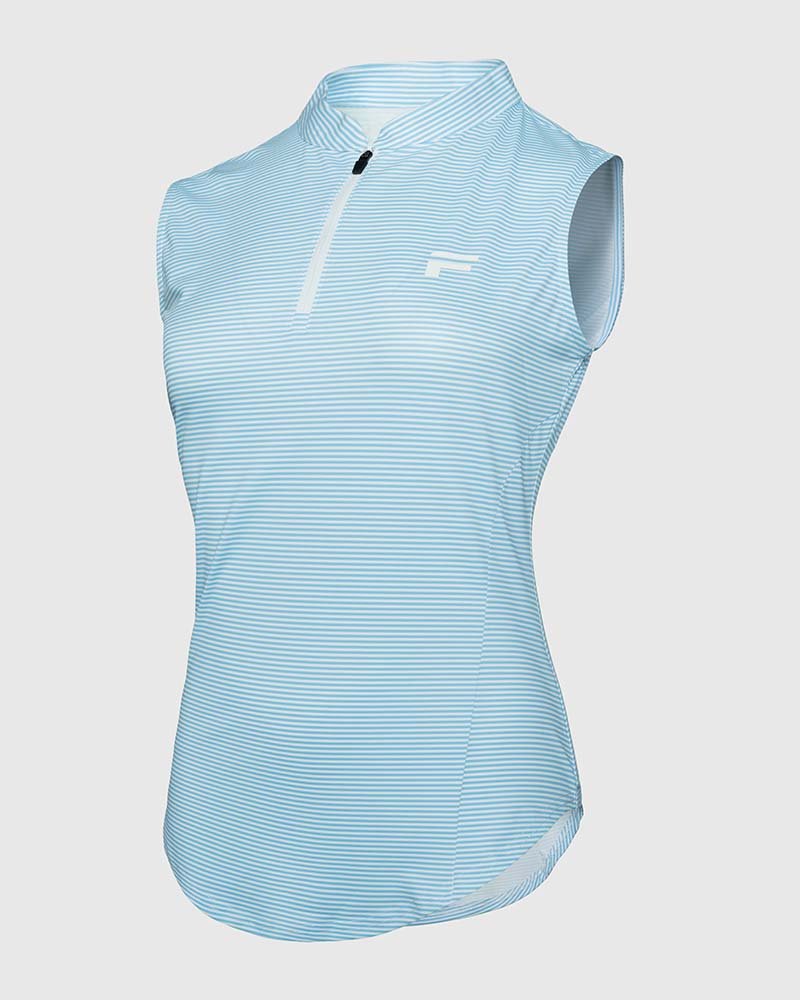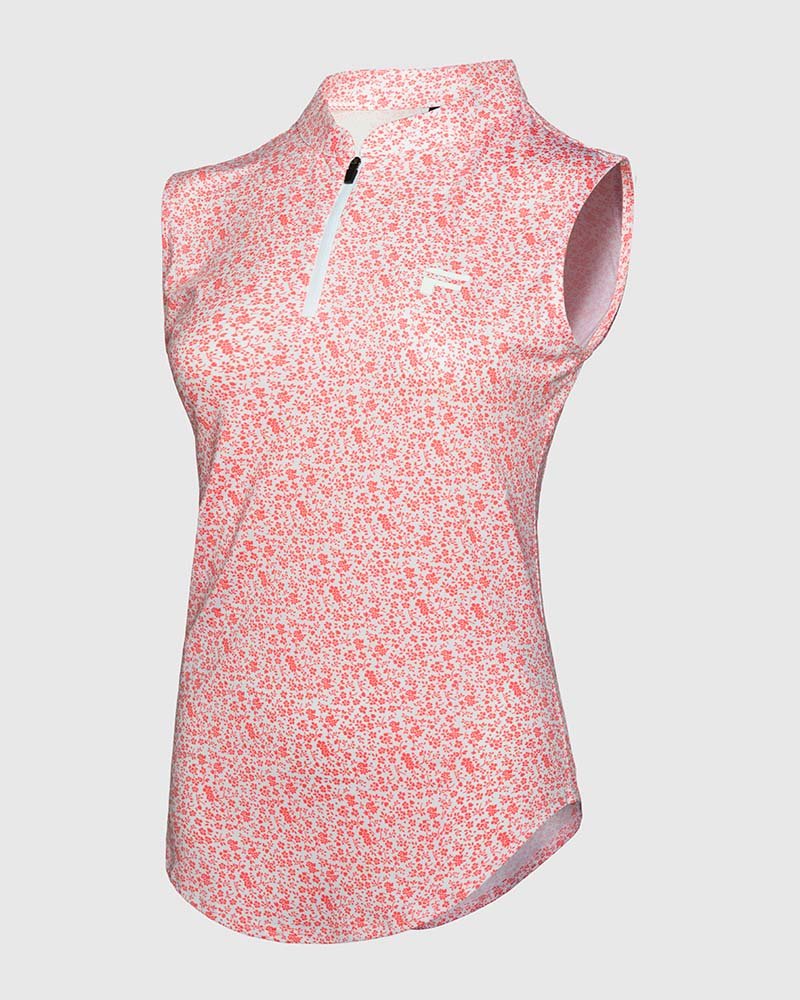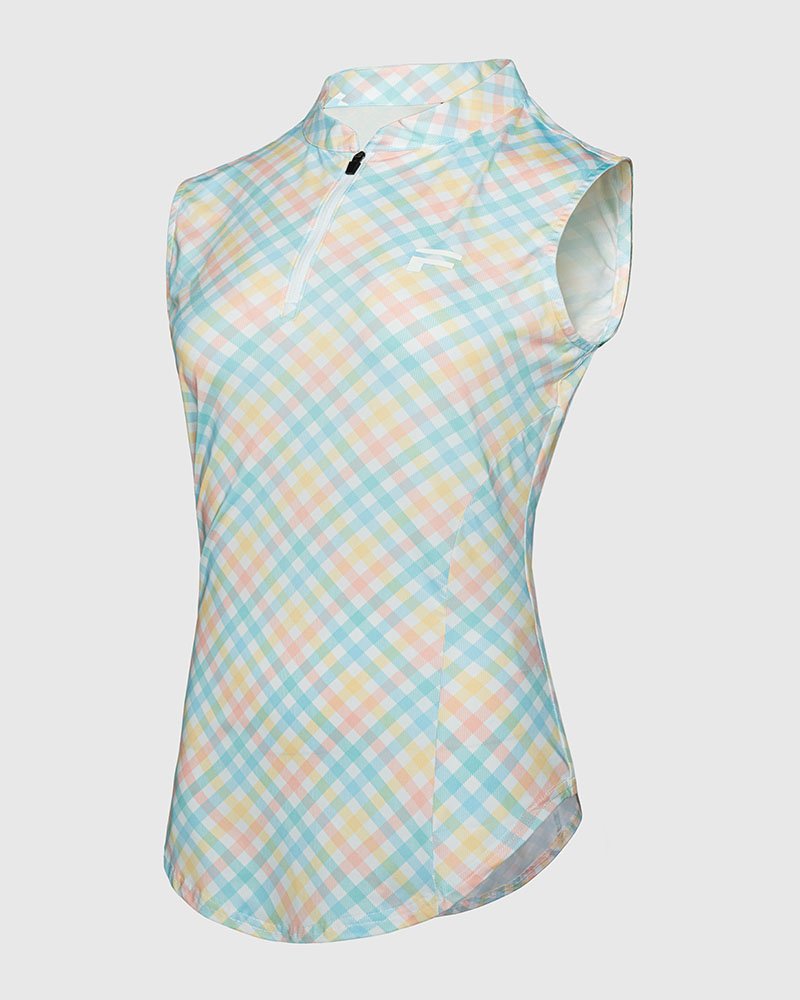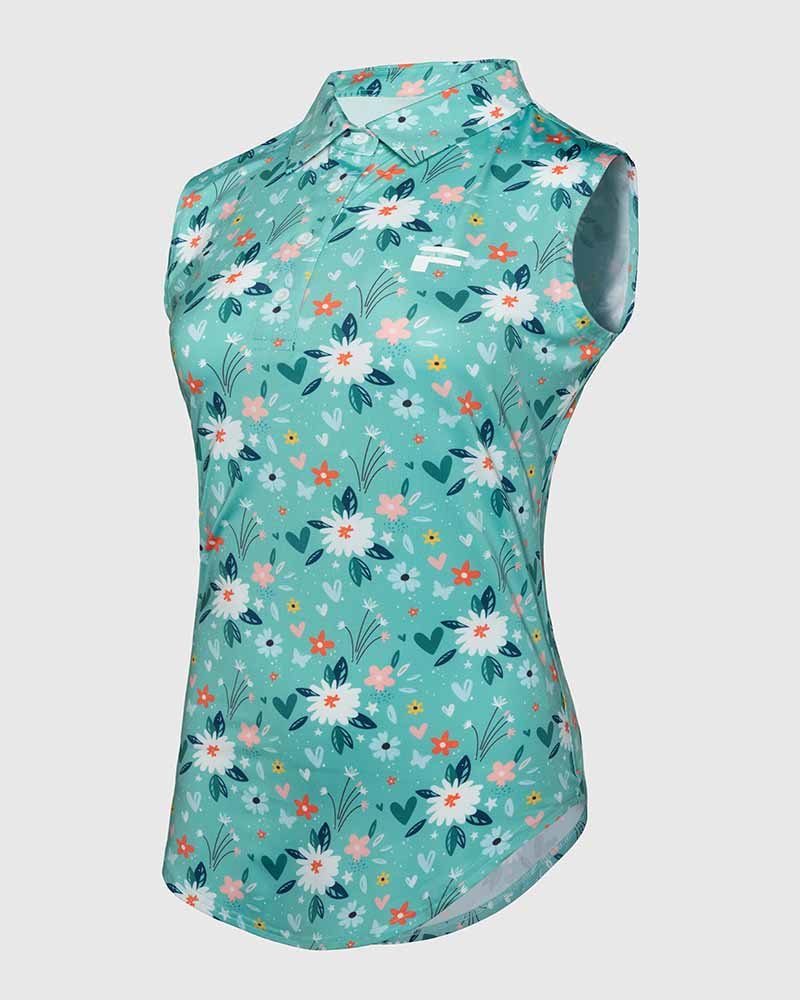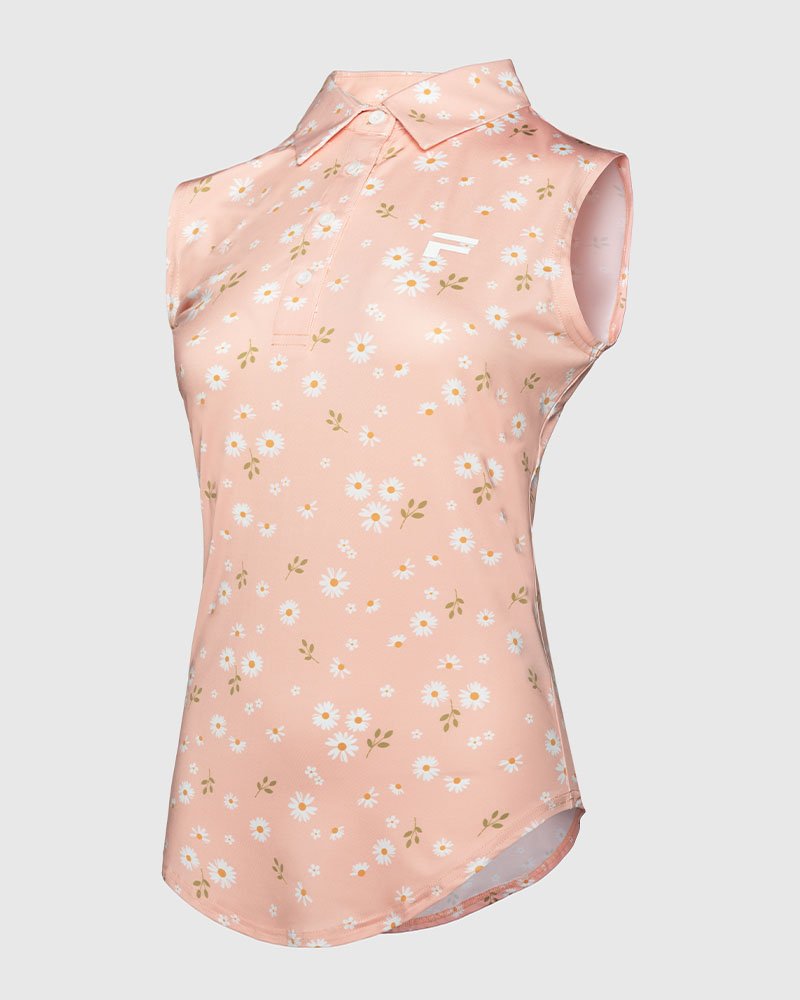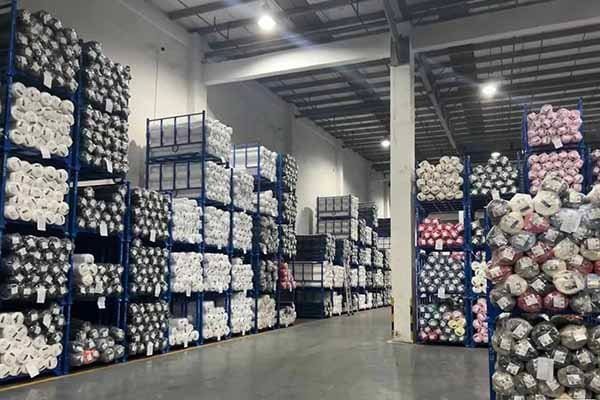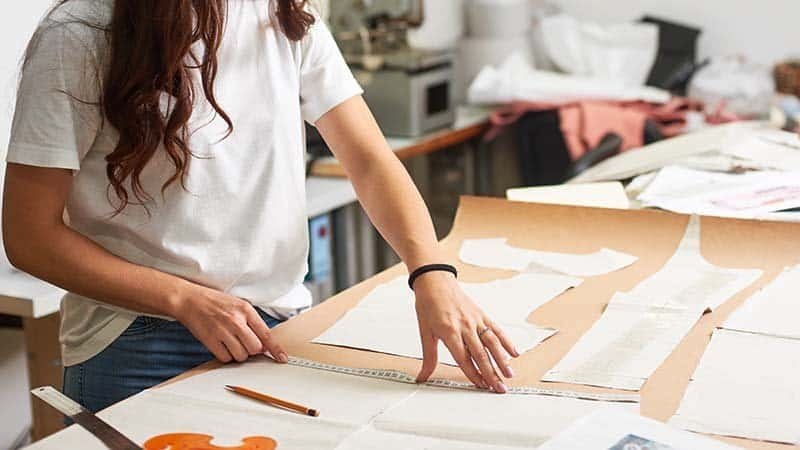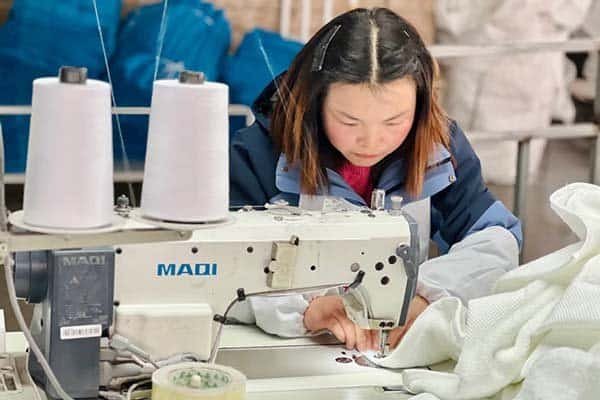
Golf apparel has evolved significantly, integrating advanced sewing techniques to enhance performance and comfort. Seamless construction and traditional stitching each offer unique benefits, influencing flexibility, durability, and style. This article explores the differences, advantages, and best use cases for each technique in golf apparel.
Seamless golf apparel eliminates stitched seams, reducing chafing, enhancing flexibility, and providing a lightweight feel, ideal for high-performance wear. Traditional stitching, however, offers durability, structure, and design versatility, making it essential for classic golf apparel like polo shirts and trousers. The choice depends on comfort preference, mobility needs, and garment structure requirements.
What Is Seamless Construction?
Seamless construction is a modern manufacturing technique that eliminates the need for traditional sewn seams by using bonding, welding, or knitting technology. This technique is commonly used in high-performance sportswear, including golf apparel.
Advantages of Seamless Construction
- Enhanced Comfort – No chafing or irritation from seams, making it ideal for prolonged wear.
- Increased Flexibility – Allows for greater freedom of movement, crucial for a fluid golf swing.
- Lightweight Design – Reduces unnecessary bulk and enhances breathability.
- Improved Durability – Fewer weak points in the fabric mean less risk of seam failures.
- Modern Aesthetics – Provides a sleek and minimalist look, aligning with contemporary golf fashion trends.
Disadvantages of Seamless Construction
- Higher Production Costs – Specialized machinery and technology increase manufacturing expenses.
- Limited Structural Support – Lacks reinforcement in areas that require extra durability.
- Difficult Repairs – Unlike stitched seams, bonded areas are harder to mend if damaged.
What Is Traditional Stitching?
Traditional stitching uses thread and needlework to join fabric pieces together, forming visible seams. This method has been a staple in golf apparel for decades.
Advantages of Traditional Stitching
- Stronger Structural Integrity – Reinforced seams provide added durability, especially in high-stress areas.
- Cost-Effective – Standard stitching techniques are more affordable than seamless alternatives.
- Versatile Design Options – Allows for detailed patterning, paneling, and structured tailoring.
- Easier Repairs – Stitched seams can be easily fixed if torn or worn out.
Disadvantages of Traditional Stitching
- Potential Discomfort – Seams can cause chafing, especially in high-friction areas.
- Bulkier Fit – Visible seams can add extra weight and limit stretchability.
- Reduced Breathability – Stitched areas may restrict airflow, making garments less breathable.
Which Is Better for Golf Apparel?
The choice between seamless and traditional stitching depends on the intended use and preferences:
- For Performance-Oriented Golfers – Seamless apparel is ideal due to its lightweight, flexible, and chafe-free design.
- For Durability and Structure – Traditional stitching is preferable for players who value longevity and structural support in their golf wear.
- For Aesthetics and Innovation – Seamless garments offer a sleek, modern look, appealing to golfers who prioritize style.
- For Cost-Conscious Buyers – Traditional stitched garments are more budget-friendly and accessible.
Industry Insights and Future Trends
- Hybrid Designs: Many golf apparel brands are now integrating both techniques, using seamless technology in high-movement areas and traditional stitching for reinforcement.
- Advanced Seamless Technologies: Heat-sealing and laser-cut bonding are improving the durability of seamless designs.
- Sustainability Factor: Seamless production generates less fabric waste, aligning with the industry's push toward eco-friendly manufacturing.
Conclusion
Both seamless and traditional stitching techniques have their place in golf apparel. Seamless construction excels in comfort and performance, while traditional stitching remains a reliable, cost-effective option. As golf fashion continues to evolve, brands are finding innovative ways to merge these technologies for the best of both worlds.



